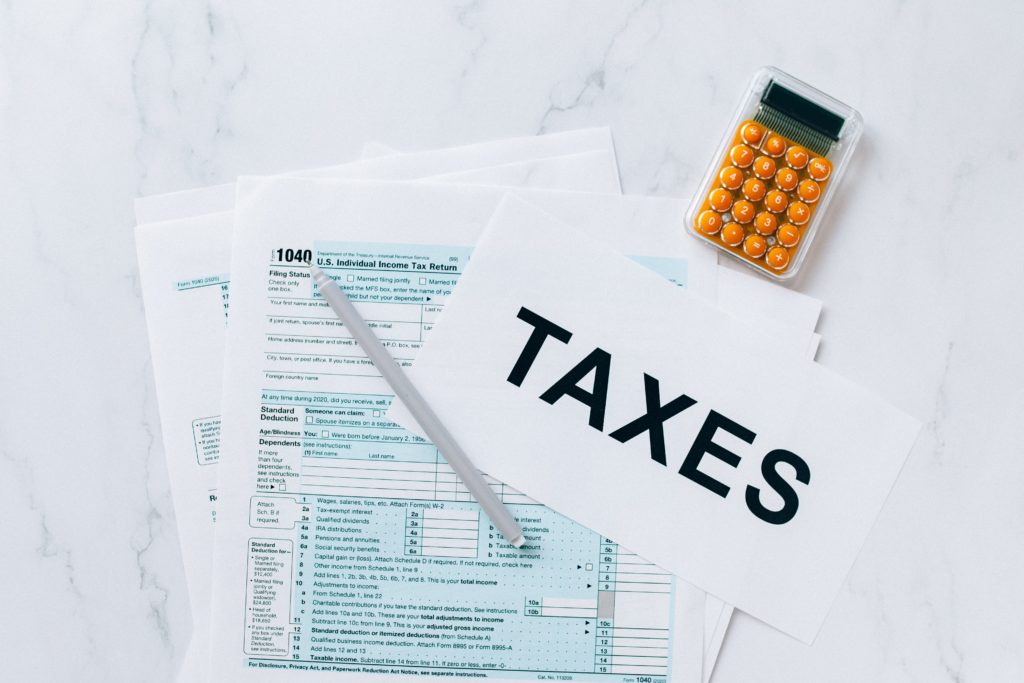What’s going on with your National Insurance costs?
National Insurance contributions (NICs) rose in April 2022, but the latest swing of the pendulum brings better news: an increase in the amount that can be earned before NICs are due.
Good news, bad news?
The new rules take effect from 6 July 2022. They mean that while employees have been able to earn £190 per week before paying Class 1 NICs between 6 April and 5 July 2022, from 6 July 2022, they will be able to earn up to £242 per week.
Because the figures have been adjusted part-way through the 2022/23 tax year, the full annual benefit won’t actually come through until the next tax year, 2023/24. It’s only then that payment of NICs will start when earnings reach £12,570 per year – the figure that you will have seen in the headlines when the measure was first announced.
For some people, the July 2022 change will counteract the April increase. It won’t, however, do so for everyone. Employees earning more than about £35,000 are still likely to pay more in NICs than in 2021/22, even after the July change.
The next development to come is the introduction of the Health and Social Care Levy (HSCL) as a standalone charge in 2023. This will not change the overall equation for anyone paying NICs at present, but it will affect a wider range of employees. This is because employees over state pension age do not pay NICs, but they will need to pay the HSCL.
Top tax tip
For employers caught between unwelcome inflationary pressures and the need to retain staff, is there anything that can be done to keep NICs costs in check?
The short answer is yes. Salary sacrifice arrangements still make a useful tool to chip away at a rising NICs bill.
In outline, a salary sacrifice arrangement is an agreement to vary an employee’s terms and conditions of employment, reducing entitlement to cash pay in return for a non-cash benefit. The tax and NI savings do not apply in relation to all benefits, but pension contributions and employer-provided pensions advice; ultra low emission vehicles; cycles and cycling safety equipment, including the cycle to work scheme; and employer-provided childcare are all benefits where substantial savings can be made. Because pay is calculated after the ‘sacrifice’, the arrangement decreases the amount assessed to tax and NICs. Both employer and employee benefit from the NICs saving.
To obtain the intended tax advantage requires close attention to detail. Salary sacrifice arrangements must be set up correctly, creating the appropriate change in the terms of the employment contract. This is an area that sometimes causes concern. Another area where care is needed is where salary is close to the minimum wage level. Salary sacrifice arrangements must not reduce cash earnings below minimum wage rates, and the position will need monitoring here.













